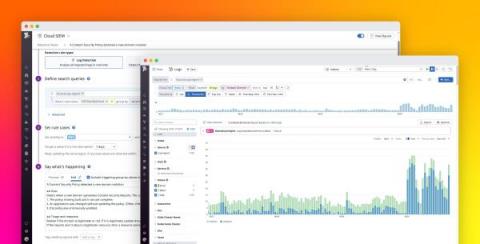Cybersecurity Measures Every Project Manager Should Know About
Online projects could be easy prey for cybercriminals due to the involvement of critical security information (emails, different platforms' login passwords, bank accounts, etc.) and multiple people. A simple phishing email requesting new login credentials or bank account details could be effective on negligent team members and could put everybody at risk. In other words, any breach of information by a project team member could lead to a disaster for the parties involved.











